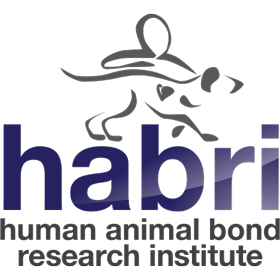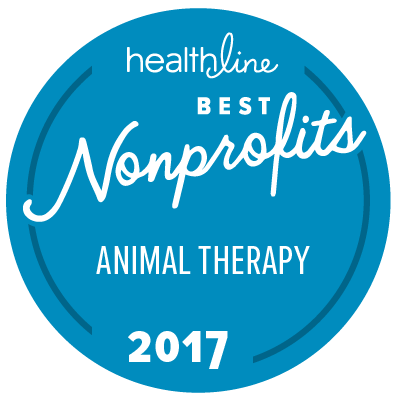Principal Investigator
Rationale
Most studies begin with the premise that animals are a risk factor for infectious disease. In contrast, the published and preliminary research of this project’s research team suggests that animals represent a source of beneficial and functionally “intact” microbiota that might mitigate dysbiotic conditions associated with opportunistic infections such as C. difficile (CD) in their owners. Such a paradigm shift opens the door to exploring pet ownership as microbiologically therapeutic in addition to psychosocially beneficial. With increasing interest in the use of alternative, non-pharmacologic treatments for enteric infections and the emerging notion that companion animals could represent a novel microbiome-based therapy, substantially more information on the relationship between animal contact and recovery from gut dysbiosis is needed.
Objective
The objective of this research is to determine if pets are a source of microbiota that can help restore the gut microbiome of their owners following antimicrobial-associated dysbiosis.
Hypothesis
Researchers hypothesize that the gut microbiomes of pet owners and their pets will a) resemble each other prior to the owner’s course of antibiotics, b) diverge following disruption of the owner’s microbiome due to the antibiotics, then c) steadily converge as recovery from dysbiosis occurs. They also hypothesize that the degree of convergence will be greater in patients who have closer contact with their pets.
Design
A longitudinal cohort study of pet owners greater than 60 years of age (who are at greatest risk of antimicrobial-associated gut dysbiosis) receiving prophylactic antimicrobials will be conducted. The microbiome of patients and their pets will be characterized using 16S rRNA sequencing and compared prior to and at several time points after their course of antimicrobial therapy. Information on the degree of contact that occurs between pets and their owners will also be collected to determine whether the resemblance of pet and owner microbiomes is quantitative as well as qualitative.
Expected Results
Researchers expect to demonstrate that pet owners and their pets share gut microbiota and that, as pet owners recover from antimicrobial-associated dysbiosis, their gut microbiome will increasingly resemble that of their pets, suggesting that microbial sharing can contribute to restoration of pet owners’ gut microbiomes following dysbiosis. They also anticipate that these effects will be more pronounced in pet owners with greater levels of contact with their pets.




